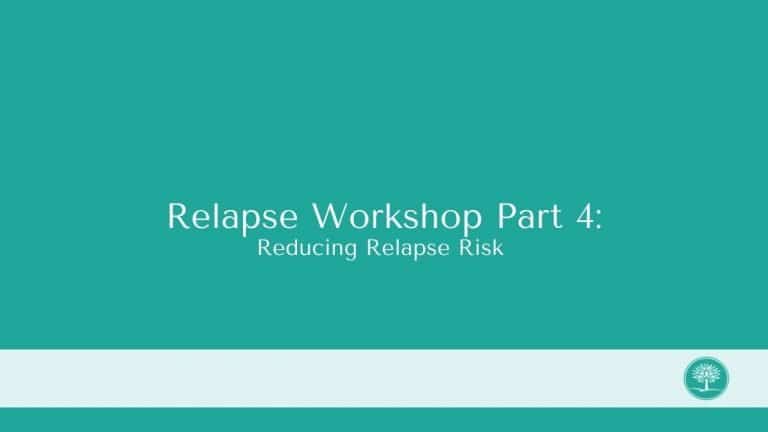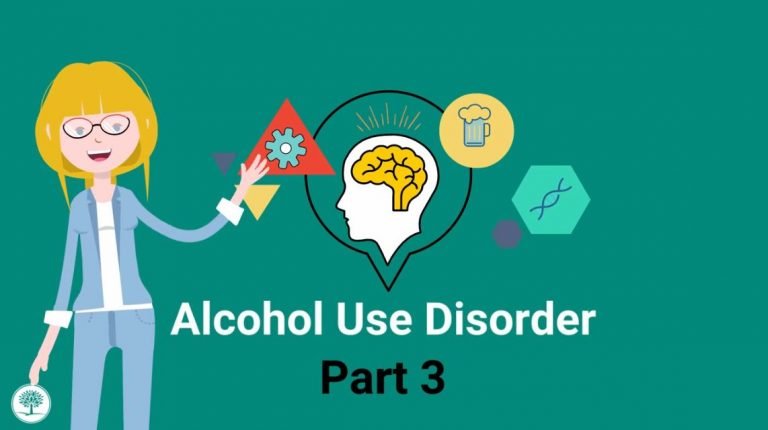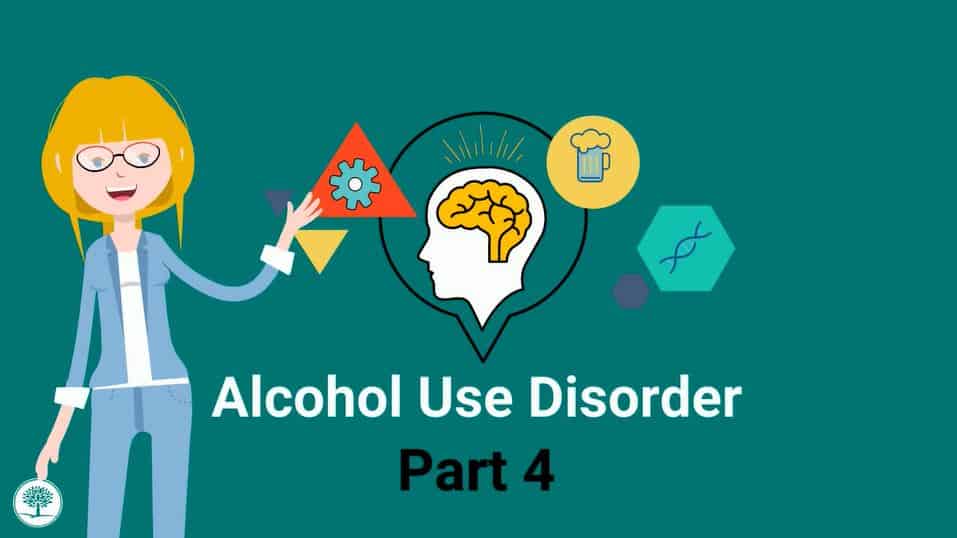What is Mindfulness & How It’s Used in DBT
In this lesson we will discuss Mindfulness.
When we are mindful, we can notice our thoughts without being overwhelmed by them.
Mindfulness is the state of nonjudgmental awareness of what’s happening in the present moment, including the awareness of one’s own thoughts, feelings and senses. Mindfulness skills are core skills. This is because they’re an important part of everything we do in DBT. We need mindfulness skills to make all the other DBT skills work the best. Being mindful means having awareness. This means being able to quiet our minds so that we can notice what is happening inside and what is happening outside of ourselves.
When we are mindful, we can notice our thoughts without being overwhelmed by them, make planning decisions and avoid acting impulsively, be focused on and appreciate and enjoy fun times, feel more calm and relaxed, even in stressful situations, use skills to help act effectively and feel better.
There are two components to mindfulness.
- Awareness
During a state of mindfulness, you will notice your thoughts, feelings and physical sensation as they happen. The goal isn’t to clear your mind or to stop thinking. It’s to become aware of your thoughts and feelings rather than getting lost in them.
- Acceptance
The thoughts, feelings, and sensations that you notice should be observed in a nonjudgmental manner. For example, if you notice a feeling of nervousness, simply state to yourself.
Mindfulness is the opposite of mindlessness. When we are mindless, we don’t notice our thoughts. Which means they can get overwhelming and can increase anxiety, depression or anger. We are less likely to think about our decisions and act impulsively. We are more likely to miss out on fun because we are worried or distracted. We’ll be more impacted by stressful situations and might not be able to use skills when we really need them.
Some benefits of mindfulness are reducing symptoms of depression and anxiety. Improved memory, focus and mental processing speed. Improved ability to adapt to stressful situations, greater satisfaction within relationships, reduce rumination repeatedly going over a thought or problem over and over again. And improved ability to manage emotions.
Mindfulness skills required lots of practice and may not come automatically at first. Remember that this is normal. Stick with it.
Mindfulness as a state of mind rather than a particular action or exercise. However, without practice, mindfulness is difficult to achieve. These techniques are designed to help you practice.
- Mindfulness meditation: sit in a comfortable place and begin paying attention to your breathing. Notice the physical sensation of air filling your lungs and then slowly leaving. When your mind wanders, which it will, simply notice your thoughts and turn your attention back to breathing.
- Body scan: pay close attention to the physical sensations throughout your body. Start with your feet and move up through your legs. Groin, abdomen, chest, back. Shoulders, arms and neck, and face. Spend anywhere from fifteen seconds to one minute on each body part.
- There’s also a mindfulness walk. While walking, make a point to practice mindfulness. Start by noticing how your body moves and feels with each step. Then expand your awareness to your surroundings. What do you see, hear, smell, feel? This technique can also be expanded to other daily activities
- And five senses: Make a conscious effort to notice the present through each of your senses. Five things you see. Four things you feel. Three things you hear. Two things you taste. And one thing you smell.
Begin your mindfulness practice with any one of these mindfulness exercises. The more you practice, the more familiar you will become with mindfulness.
In our next lesson we will look at Accelerated Resolution Therapy.
Thank you for choosing The Recovery Village. If you or a loved one are struggling with mental health or substance abuse and would like to find out more about the programs we offer, please reach out to us directly at 855-387-3291.









